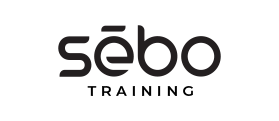There are a lot of different ways to add or install Google Tag Manager code to a client’s website. Please carefully consider which option is best for your client. Please use the following information as a guideline to determine the best action to take. When in doubt, use the plugin method. We used to recommend people to create a child theme and put the code on the site but we have found that this is too technical and we have broken too many sites in the process. We do not want to be breaking sites especially while we are trying to win over a potential client. This is why we have simplified the process by just installing the plugin when the ideal setup isn’t in place.
Last Updated on July 24, 2020
Campaign Tags
The best practice is to use autotagging instead of manual campaign tags, but let’s assume that you manually tagged your Google Ads campaigns with a destination URL like this:
http://www.example.com/?utm_source=google&utm_medium=cpc&utm_campaign=camp1&utm_term=keyword&utm_content=content
Bob clicks your ad, which registers a new session for the first click. However, unlike autotagging, where multiple clicks on the ad can generate multiple corresponding sessions, manually tagged campaign parameter values remain the same for every click so the campaign isn’t updated for each click. This makes it possible to have multiple ad clicks and only one session.
If you advertise on third-party ad networks and use manual campaign tags, you should be aware that each click from a single user on those networks might not generate a corresponding session (if additional clicks happen within the 30-minute time frame). This is a common cause of data discrepancies between Analytics and other product reporting.
Future Video Goes Here
